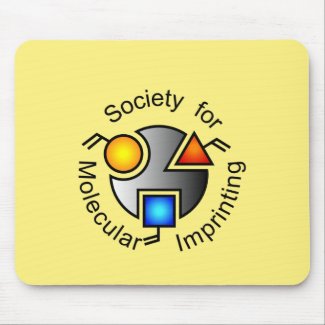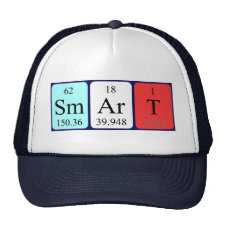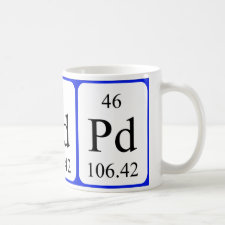
Authors: Jiang Y, Kim D
Article Title: Synthesis and selective adsorption behavior of Pd(II)-imprinted porous polymer particles.
Publication date: 2013
Journal: Chemical Engineering Journal
Volume: 232
Page numbers: 503-509.
DOI: 10.1016/j.cej.2013.08.008
Alternative URL: http://www.sciencedirect.com/science/article/pii/S1385894713010528
Abstract: Pd-ion-imprinted polymer particles (Pd-IIPs) with dimensions in the range of 100-400 μm were prepared for the selective separation of palladium ions. Two functional monomers, 2-aminobenzonitrile and 4-vinyl pyridine, were self-assembled in the presence of the Pd(II) ion template, followed by co-polymerization with divinylbenzene and styrene via bulk-polymerization. A large surface area was provided by pores induced by a porogenic solvent, and the imprinting effect was realized by removing the template ions from the copolymer particles prepared. The chemical and physical structures of ion-imprinted porous particles were characterized by Fourier transform infrared (FTIR) spectroscopy and energy dispersive X-ray spectroscopy (EDX). The adsorption capacity was investigated using atomic adsorption spectroscopy (AAS) in batch operation mode. The maximum adsorption capacity for the Pd template ion was 38.9 mg g-1, and the selective adsorption effect was clearly illustrated from the increased sorption affinity toward Pd ions over other competitor ions. The adsorption behavior was affected by the pH of the aqueous medium, and enhanced capacity was observed at low pH. The prepared Pd-IIPs could be repeatedly used 10 times after regeneration without a significant loss of adsorption capacity
Template and target information: lead ion, Pb(II)
Author keywords: Ion-imprint, Bulk-polymerization, adsorption, selectivity



Join the Society for Molecular Imprinting

New items RSS feed
Sign-up for e-mail updates:
Choose between receiving an occasional newsletter or more frequent e-mail alerts.
Click here to go to the sign-up page.
Is your name elemental or peptidic? Enter your name and find out by clicking either of the buttons below!
Other products you may like:
 MIPdatabase
MIPdatabase









